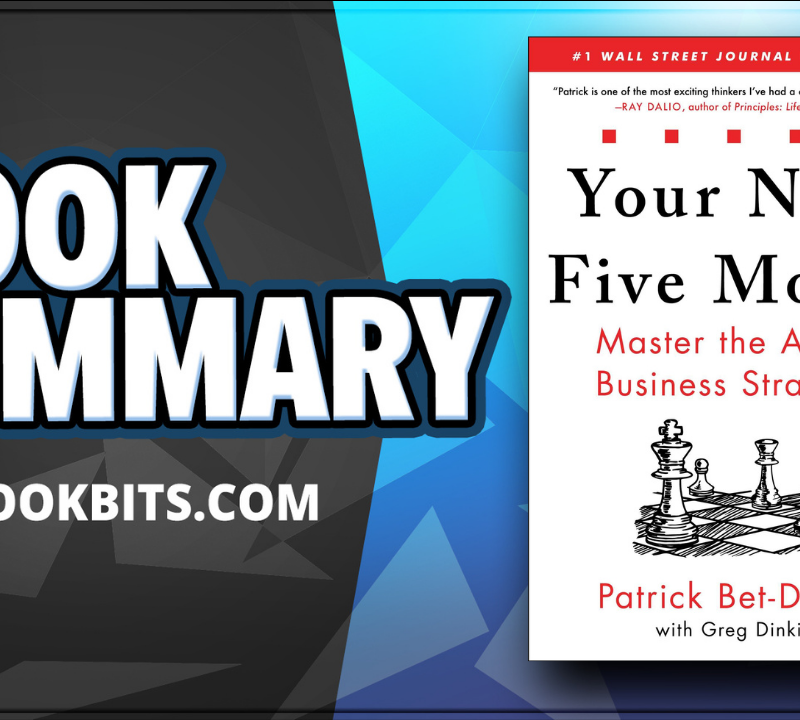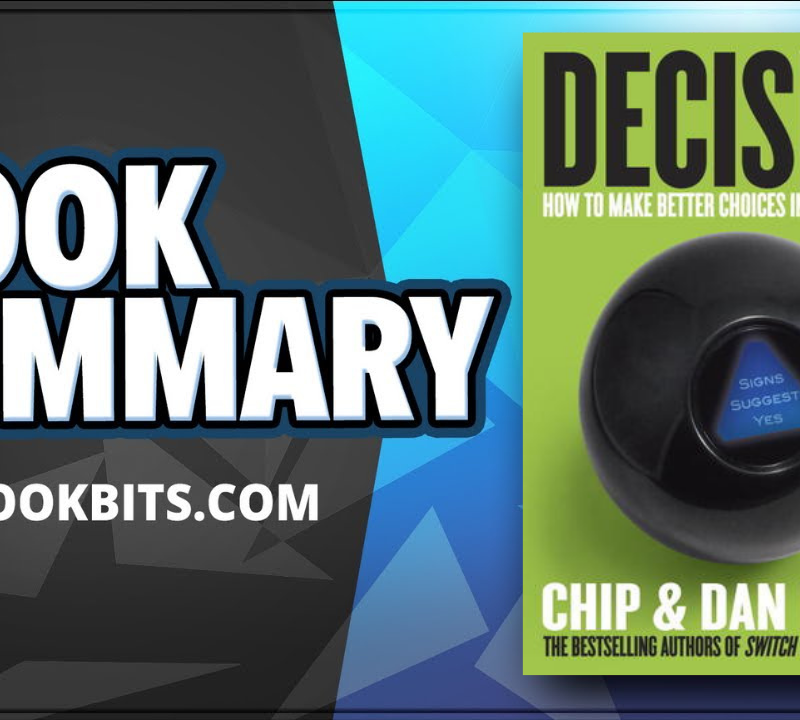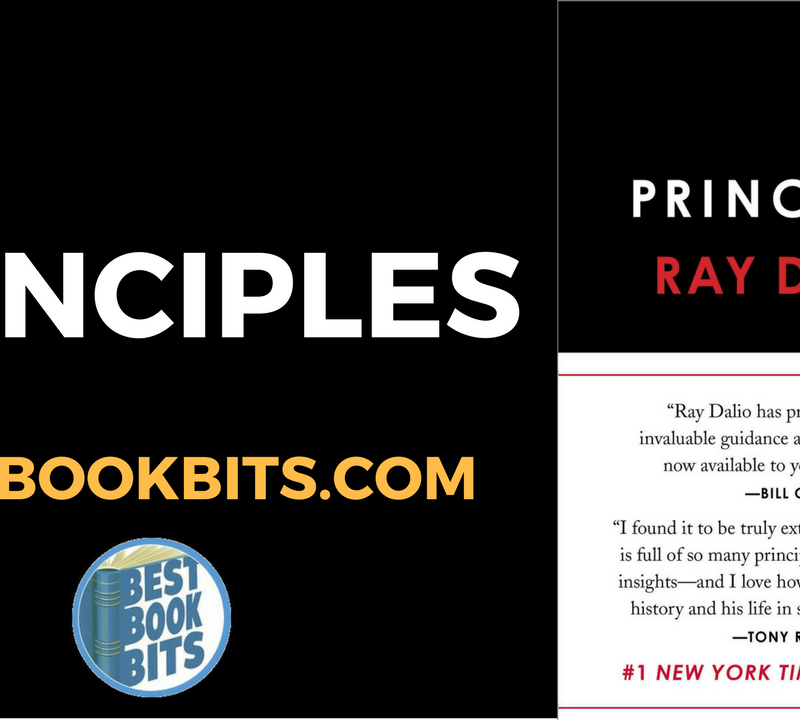★DOWNLOAD THIS FREE PDF SUMMARY HERE
? MY FREE BOOK TO LIVING YOUR DREAM LIFE”
? SPONSOR BESTBOOKBITS BY USING PATREON
? SUPPORT BESTBOOKBITS BY CLICKING THE LINKS BELOW
- 150 PDF Summaries
- Coaching Program
- Subscribe to My Channel
- Website
- Spotify
- Book Club
- Mailing List
How narrow is your product offering?
- “Don’t try to be all things. Be famous for just one thing. We are doing a very simple thing. We are facilitator only, taking people to the top of the bridge. Our job is to enable our customers to make heroes of themselves. – Paul Cave, BridgeClimb
How narrow is your target market?
- Frequently it is better to define what you do in terms of what you do not do, being quite harsh on your choice of markets and the products and services you deliver. Seldom is failure attributable to too narrow a focus.
What is your creed?
Technology One’s Creed:
- We innovate to provide solutions and services that will make our customers successful
- If competitors are doing things a certain way, let us learn from them, but there is always a better way.
- We do our own thinking. We do not allow others to do it for us. Answers come from our own ingenuity
- Invent different and better ways of working. We strive and are passionate to find a better way
- The better way is always the simpler way.
Are you promoting the experience or the product?
- “Promoting products generally does not work in my category. Initially, people have to be exposed to the experience. Then they usually buy the concept and become loyal product customers prepared to buy at other outlets or via mail or call centre.”
- “You have to go somewhere and go through the ritual and feel it. It’s the same with food. You can talk about food and have it in your home, but when you can go to a restaurant which has ambiance, it tastes better and it’s an experience. When we educate people about our products we win their trust.”
- – Dr Jurgen Klein, “Jurlique” – scientific natural remedies and therapies
Can you please all people all the time?
- The reality for most business is to please some of the people some of the time.
- Select customers and use occasions as the main focus of the business. Ask “for whom are we creating outstanding value?”
- If you try to be all things to all people competitors will attack the weakest part of your offering.
- This is why speciality stores survive against major department stores and supermarkets – they create more value in specific niches and for specific usage occasions.
How will you deliver value and generate profitability?
- It is usually easy to provide outstanding value in any marketplace: better quality, better service, lower price etc.
- People with passion do it all the time, but most of them fail financially because they haven’t worked out beforehand how to deliver the extra value profitably.
- Profitable delivery means that you either extract a premium from the customer for the extra value created, or that you produce the same amount of value at a lower cost.
Can you create a sustainable (monopolisable) position?
- If the outstanding value bundle you create is easily replicated by your competitors at roughly the same cost, it becomes a commodity and is no longer outstanding. In the longer term you will be famous for it no longer.
- How can you protect or monopolise the value that you deliver? Develop an exceptionally efficient system (a formula) for providing value and for building and maintaining your “famous” reputation for that value
- However, quite often companies and products manage to sustain the perception of outstanding value long after the reality has been lost. The duration of this “brand lag” depends on the intensity of competition and customer propensity to trail alternatives
How can you anticipate new value?
- One of the serious limitations of conventional market research is that customers cannot tell you what they want until they know what is possible
- Most success stories arise where people have delivered what customers want before they even knew they wanted it.
- What we did however know beforehand is that we would like products and services that would:
- Make our lives easier (convenience value)
- Provide us a healthier, less stressed and happier family and work like (quality of life value)
- Provide escape from boredom or too much to do (distraction value)
- Make us feel good about ourselves and cause others to admire us (self-importance value).
How do you create talk-worthy content?
- The first step in creating talk-worthy content is to make it of compelling interest and relevance to the target audience. The linkage between what you would like pole to talk about and what you would like to sell them must be obvious, but the two should not be confused.
- A fascination with things that are different is an important human trait. Provoke attention. Active their minds to try and establish your logic.
- Set a challenge (like BridgeClimb). Cave knew it was going to be hard to win the exclusive right to give people “the climb of their life”. From the outset, he engaged the public in his battle, which has become their challenge. Authorities eventually reluctantly granted permission. Now BridgeClimb challenges customers to prove they can do it.
- “Copy the best ideas from around the world and bring them together under one roof” – Dick Smith, DSE
The 3 Stages of Business
- Attention is on the product and on production. Getting the product out there is all-important
- Attention is on the competition. How can we do better or at least keep up?
- Attention is on integrating into the complex values of the customer and seeking to achieve repetition through concept design
Examples:
- Is the auto-mobile industry needs to move on from the competition stage to the integration phase and recognise that customers have lots of other problems and opportunities related to car ownership
- The airline industry is still stuck in the competition stage. Booking seats online is minor. The whole business of air travel is clumsy, cumbersome and highly inconvenient. Possible solution? Vertical takeoff aircraft from city centres
- The computer industry is in stage 3. The emphasis is on connectivity and networks.
The 4 fundamental Value Drivers
- Convenience
- Quality of life
- Self-importance
- Distraction
When manufacturing value (“valufacture”), consider the types of values associated with the four fundamental value drivers:
Types of Value
- Perceived value
- The most important. Advertising is about building perception of value
- Real value
- Reality is value means very little unless it is also perceived
- Gateway value
- Timekeeping in a watch is only a gateway to selling jewellery to men
- Men will often not wear jewellery unless there is the excuse of telling time with it
- Context Value
- Water can be sold at a high price to thirsty people
- All values are contextual. Market segmentation should be treated as a means of identifying potentially valuable contexts
- Synergy Value
- The whole is greater than the sum of its parts. Eg builders of conglomerates or takeovers.
- Security Value
- Fear of uncertainty, fear of the unknown, fear of risk are the basis for the whole insurance business. If the price is right, security has a high value. But if the price threshold is exceeded, people suddenly become fatalistic and decide they can do without insurance
- Whenever the real values of what you are buying are uncertain, then some guarantee makes a huge difference
- Appeal Value
- Appeal values overlap great with perceived values. Appeal value may be vague and undefinable. The object just has “appeal”. It may be irrational and far from real or perceived values, but it works.
- A shopper might say “I like that basket very much – I wonder what I could use it for?”
- Fashion Value
- Involve the artificial values of excitement and change. How do you get people to be more interested in clothes and to buy more than they need?
- The true value of gambling is not winning or losing, but paying for the enjoyment of anticipation. Fashion does the same – it makes what is dull into that which is interesting
- Not just clothes fashion – things to read about, talk about, are interesting (also merge into self-image)
- Function Value
- Computers, mobile phones, cars, all have to work. They quickly become the baseline, a commodity
What is the purpose of a wheel clamp?
- It is to discourage drivers from parking in the wrong places in cites. It prevents the use of the car until the authorities come to remove it after the parking fine has been paid. The key concept behind the idea of a wheel clamp is inconvenience (the fine is a lesser motivator). But the car stays in the park for the duration. How could this process be improved?
- Of the 4 fundamental value drivers (Convenience, Quality of life, Self-importance, Distraction), which values are affected when you get clamped? Inconvenience? Yes. Self-importance? Yes, due to embarrassment. Quality of life? Yes, perhaps you miss an important appointment
★DOWNLOAD THIS FREE PDF SUMMARY HERE
? MY FREE BOOK TO LIVING YOUR DREAM LIFE”
? SPONSOR BESTBOOKBITS BY USING PATREON
? SUPPORT BESTBOOKBITS BY CLICKING THE LINKS BELOW
- 150 PDF Summaries
- Coaching Program
- Subscribe to My Channel
- Website
- Spotify
- Book Club
- Mailing List














